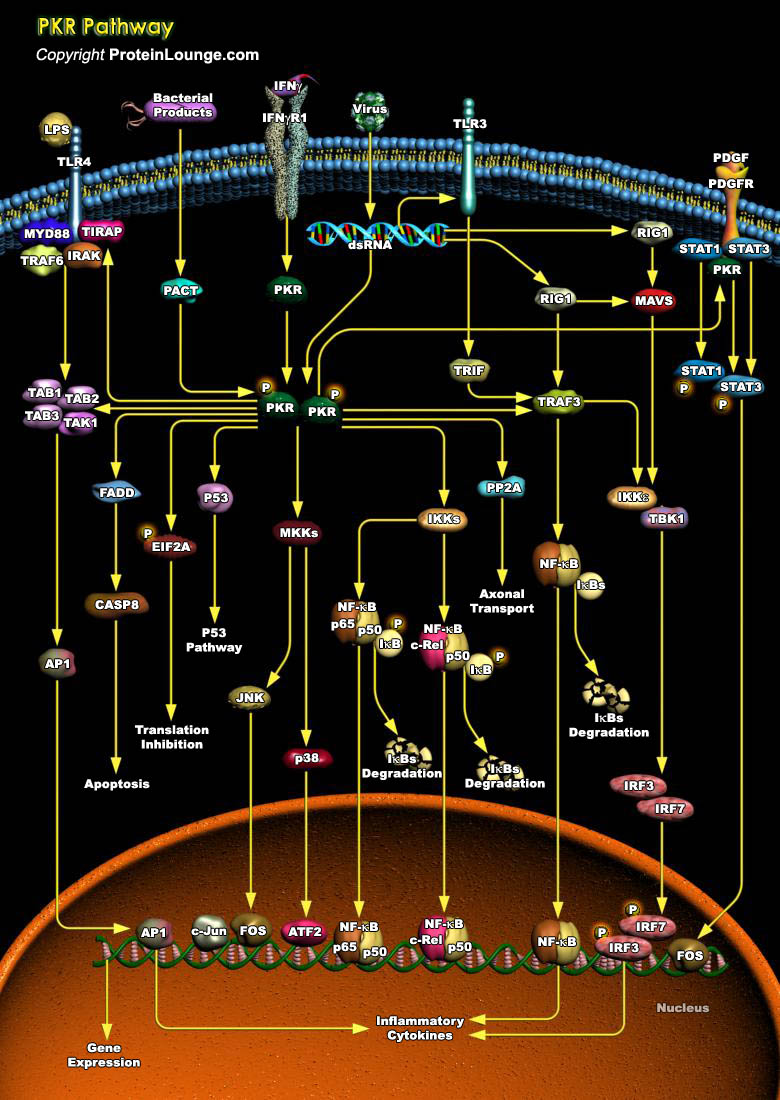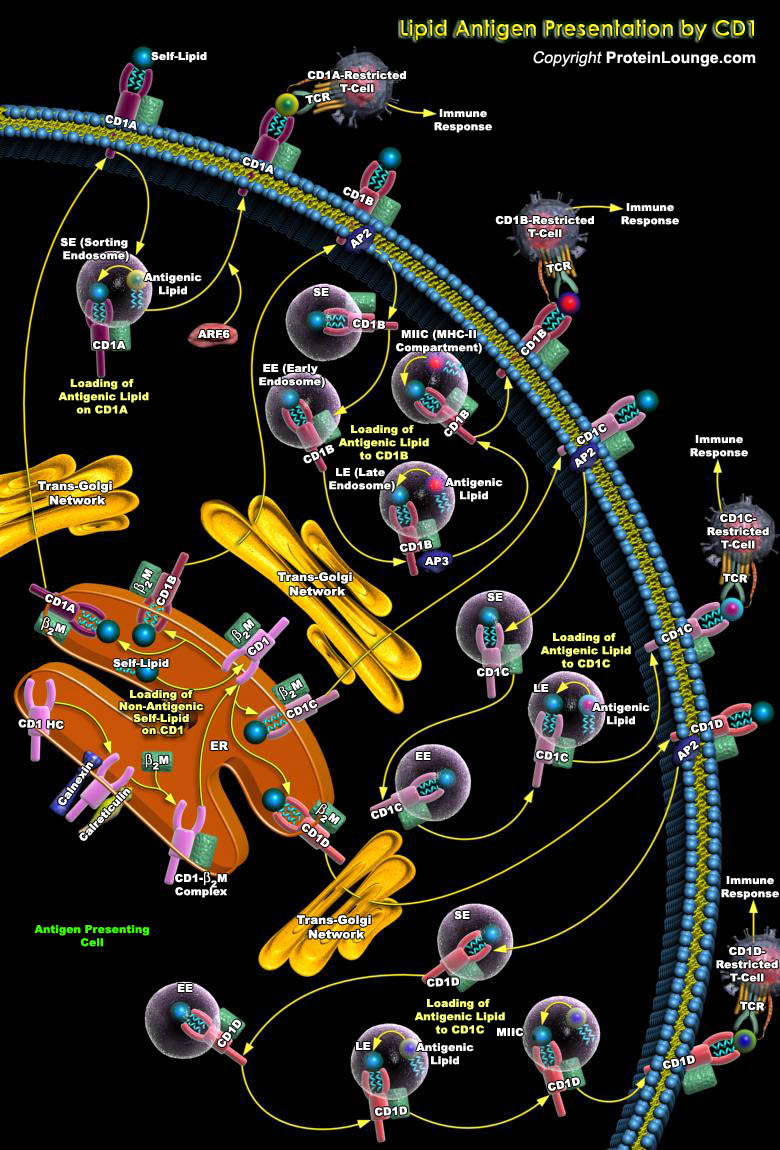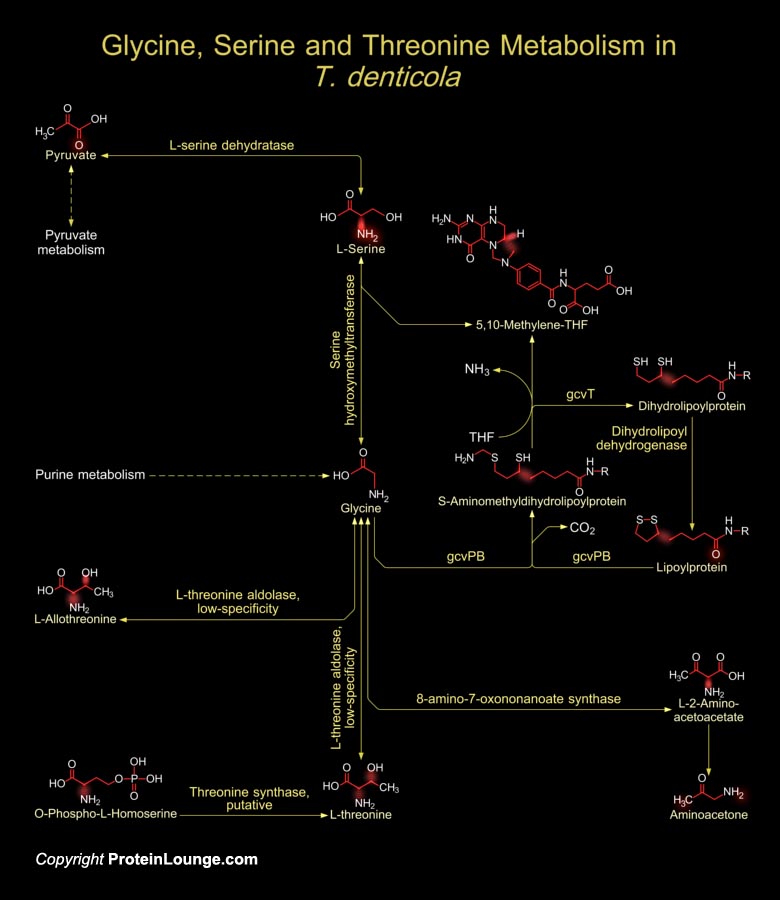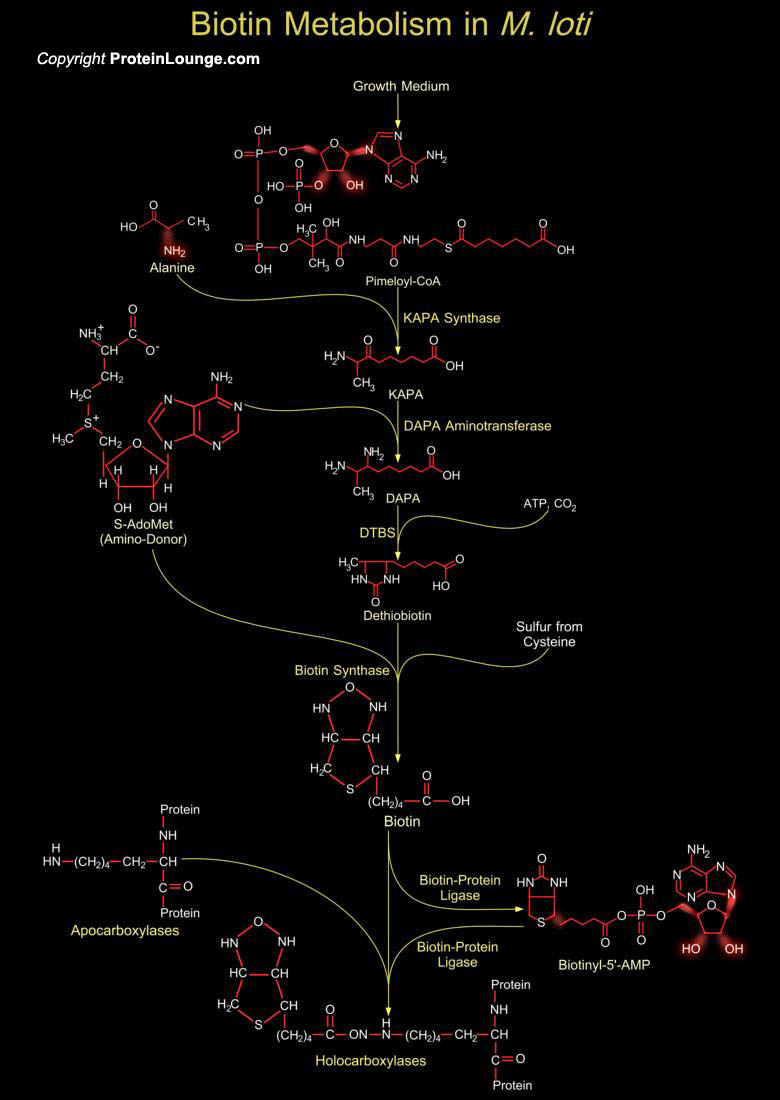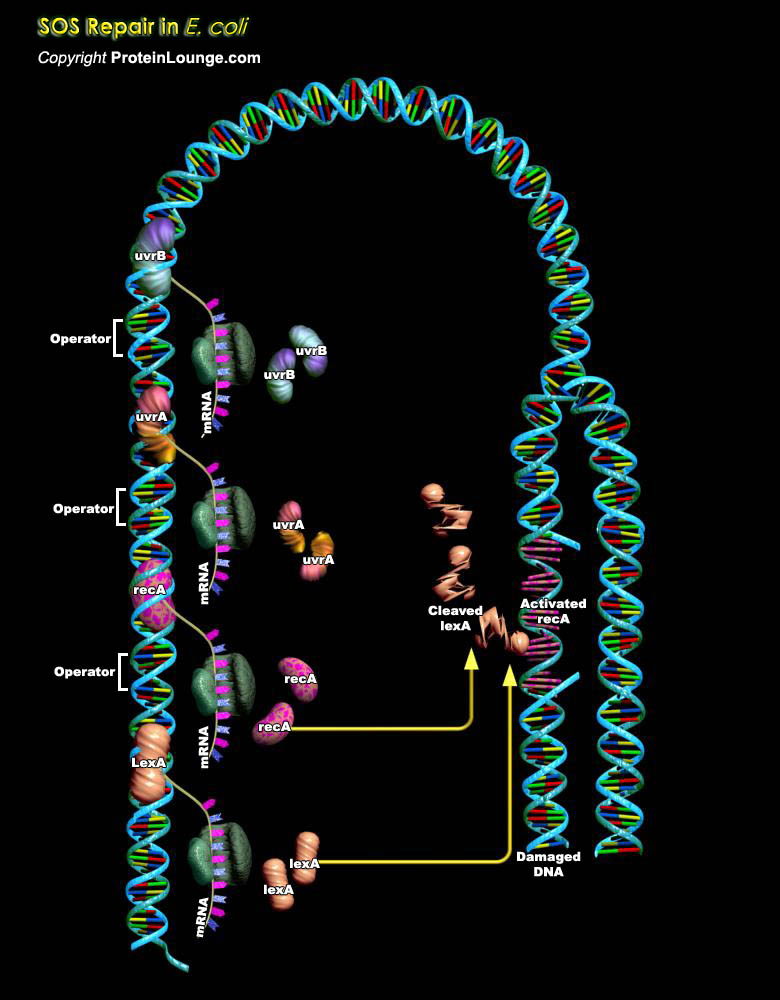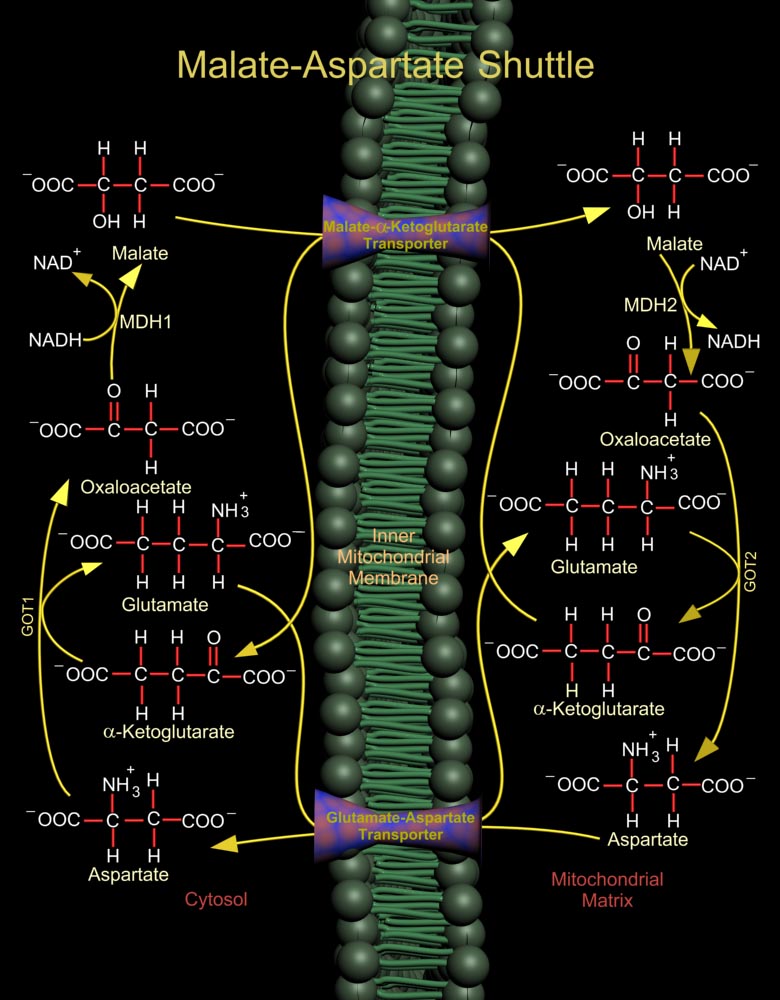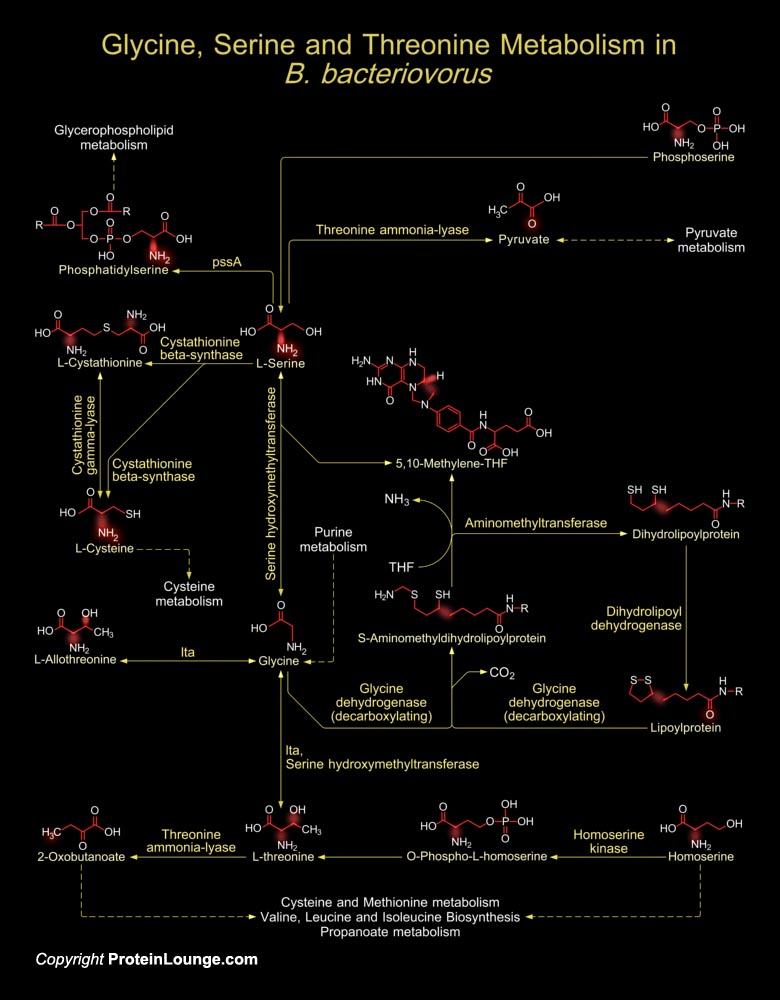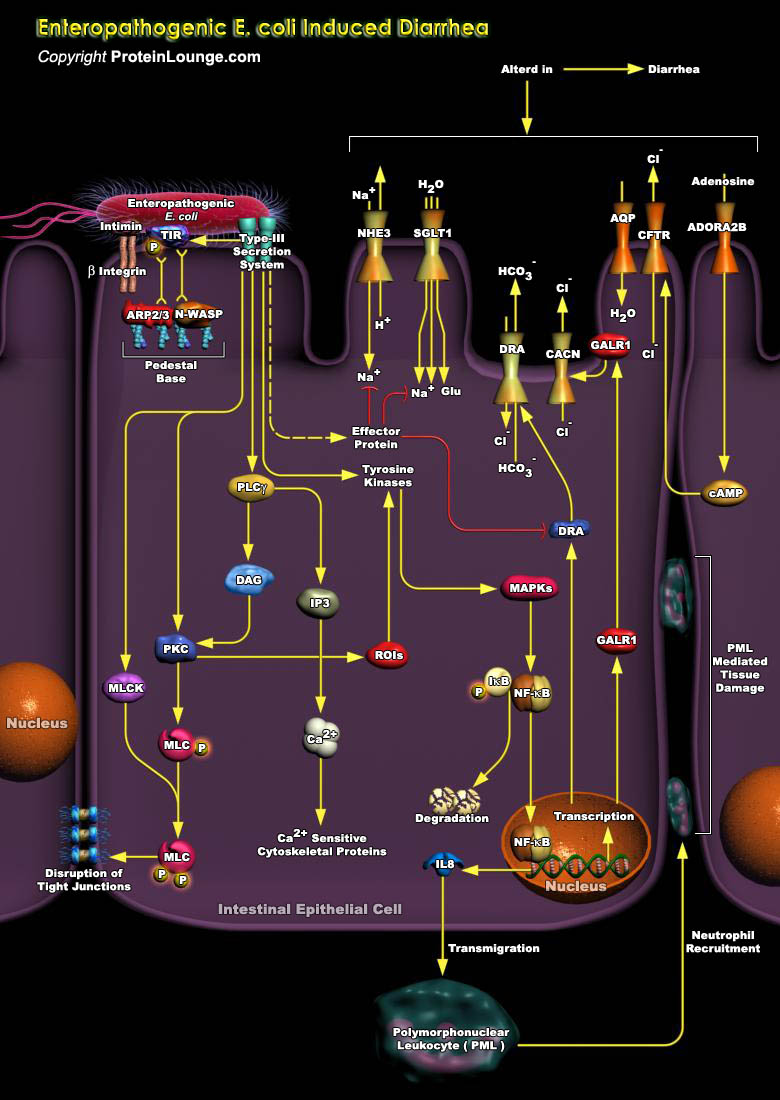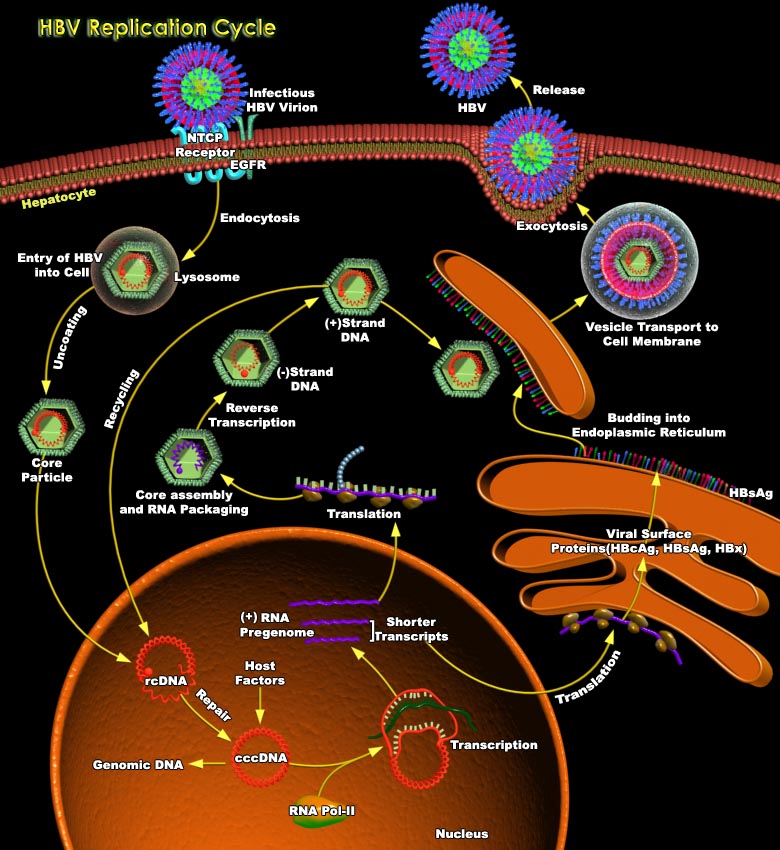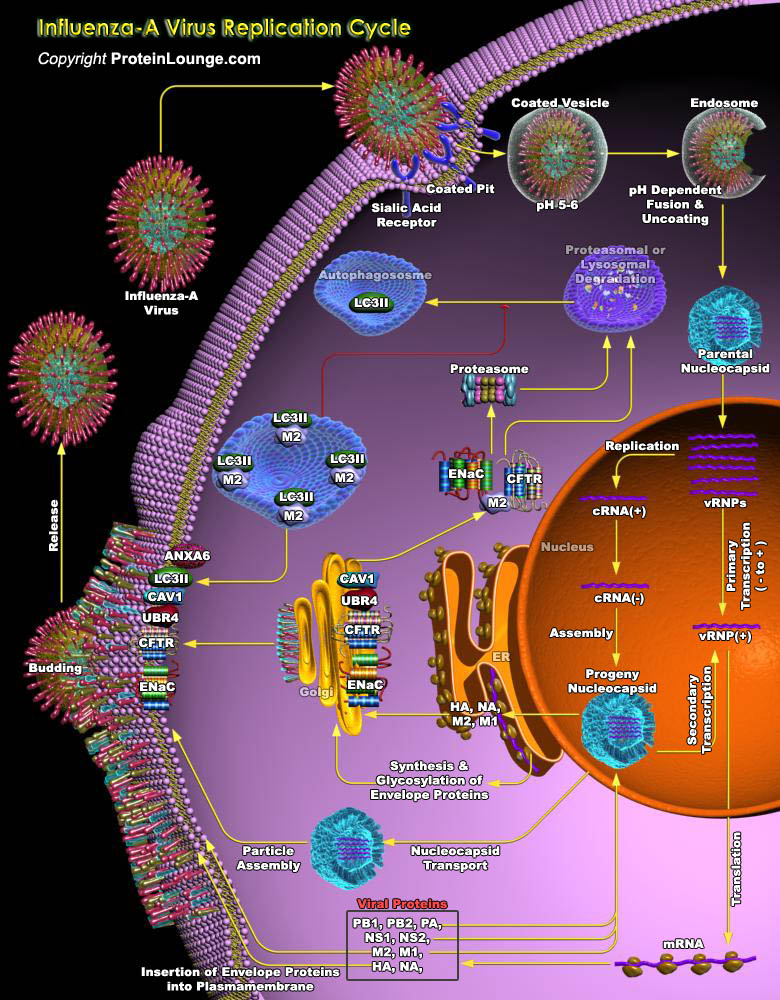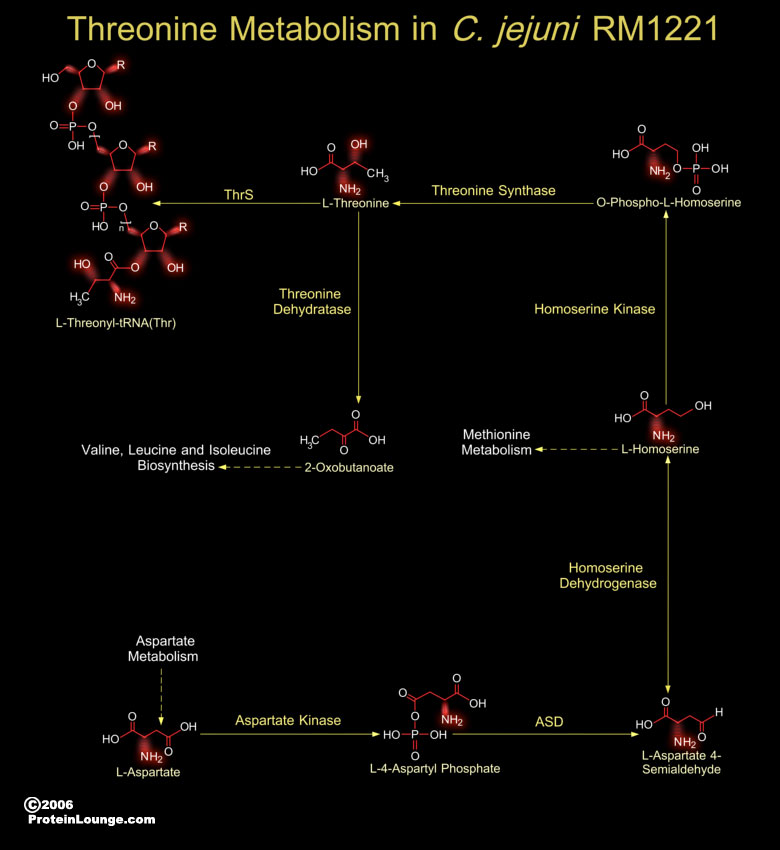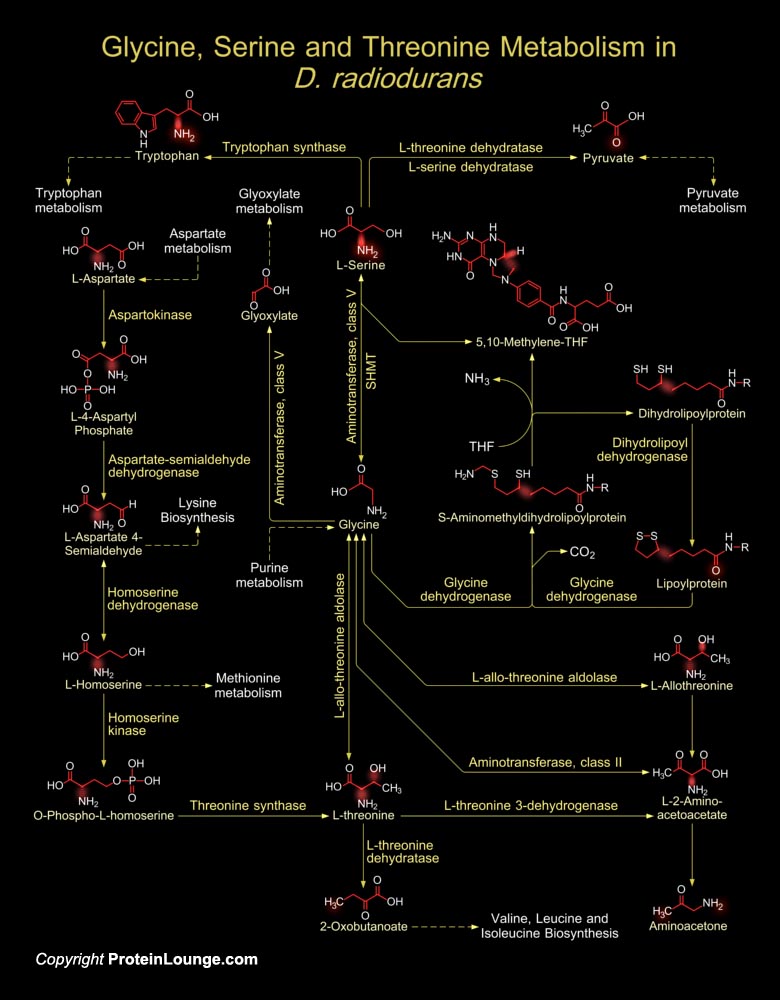Featured Pathways
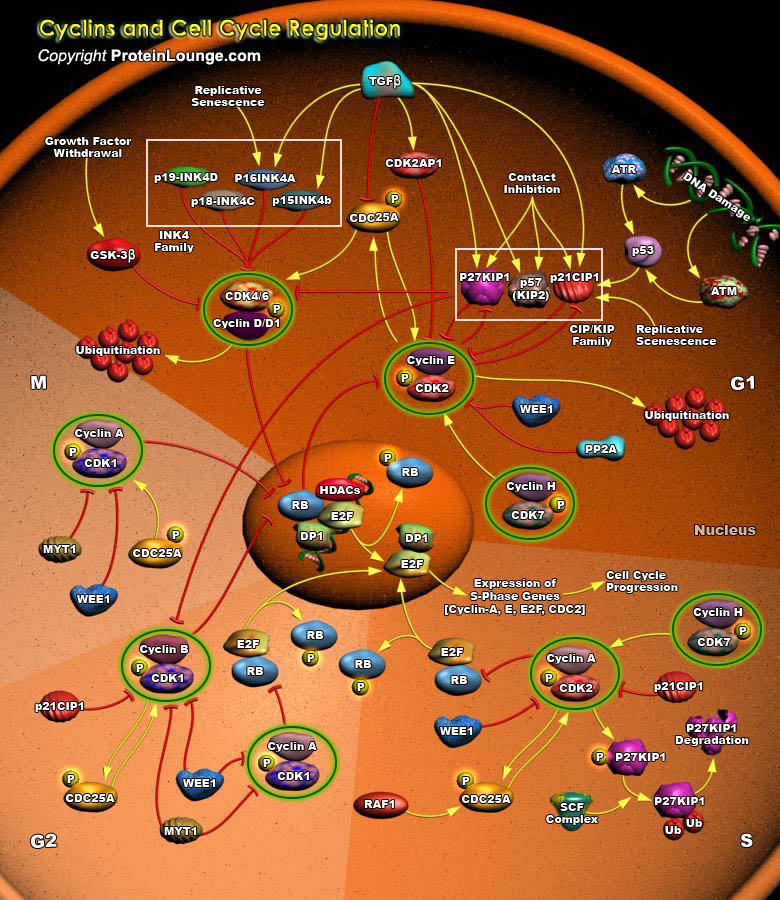
Progress in the eukaryotic cell cycle is driven by oscillations in the activities of CDKs (Cyclin-Dependent Kinases). CDK activity is controlled by periodic synthesis and degradation of positive regulatory subunits, Cyclins, as well as by fluctuations in levels of negative regulators, by CKIs (CDK Inhibitors), and by reversible phosphorylation. The mammalian cell cycle consists of four[..]
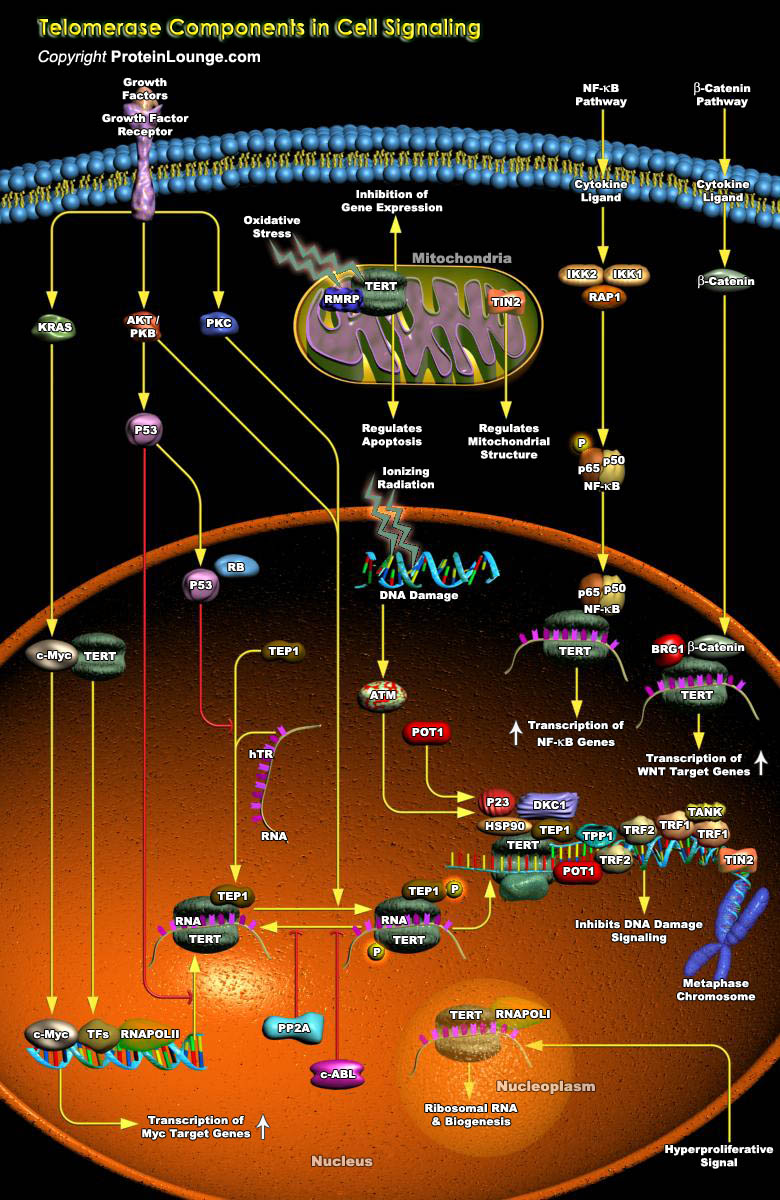
The extended growth potential of cancer cells is critically dependent upon the maintenance of functional telomeres, which are specialized chromosomal DNA-protein structures in the terminal regions of eukaryotic chromosomes (Ref.1). In order to divide, a normal cell has to replicate the entire DNA in its chromosomes. But normal cells have difficulty in copying the last few bases on the[..]
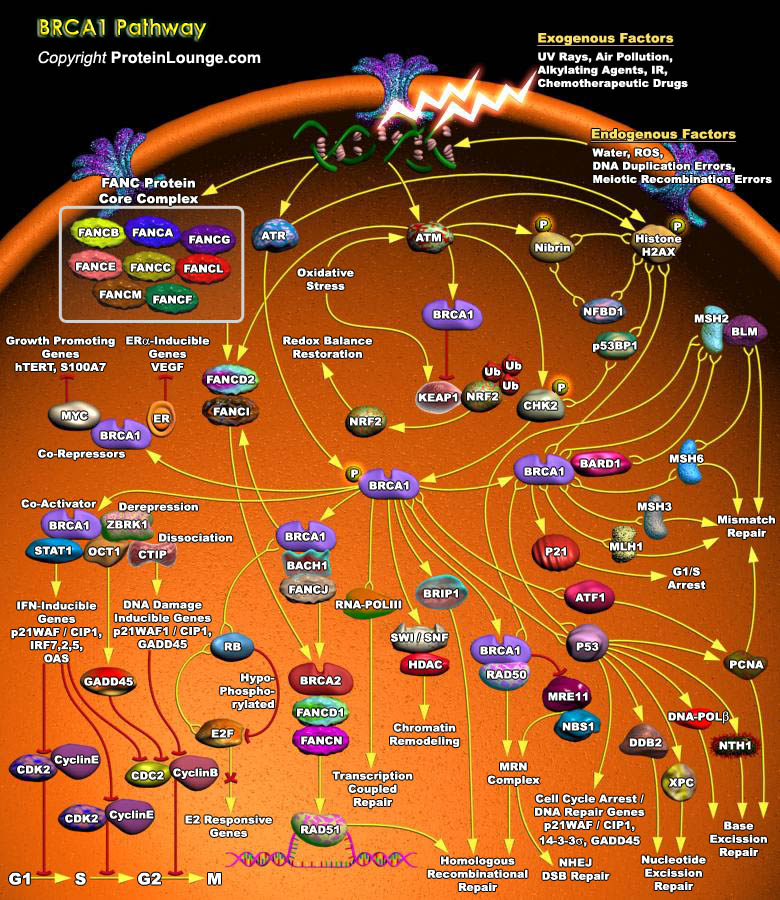
BRCA1(Breast Cancer Susceptibility Protein-1) is a versatile protein that links DNA damage sensing and DDR effectors. BRCA1 interacts with tumour suppressors, DNA repair proteins and cell cycle regulators through its various functional domains and thereby has diverse roles in multiple DNA repair pathways (particularly HR, NHEJ and SSA (single-strand annealing)) and in checkpoint regulation.[..]
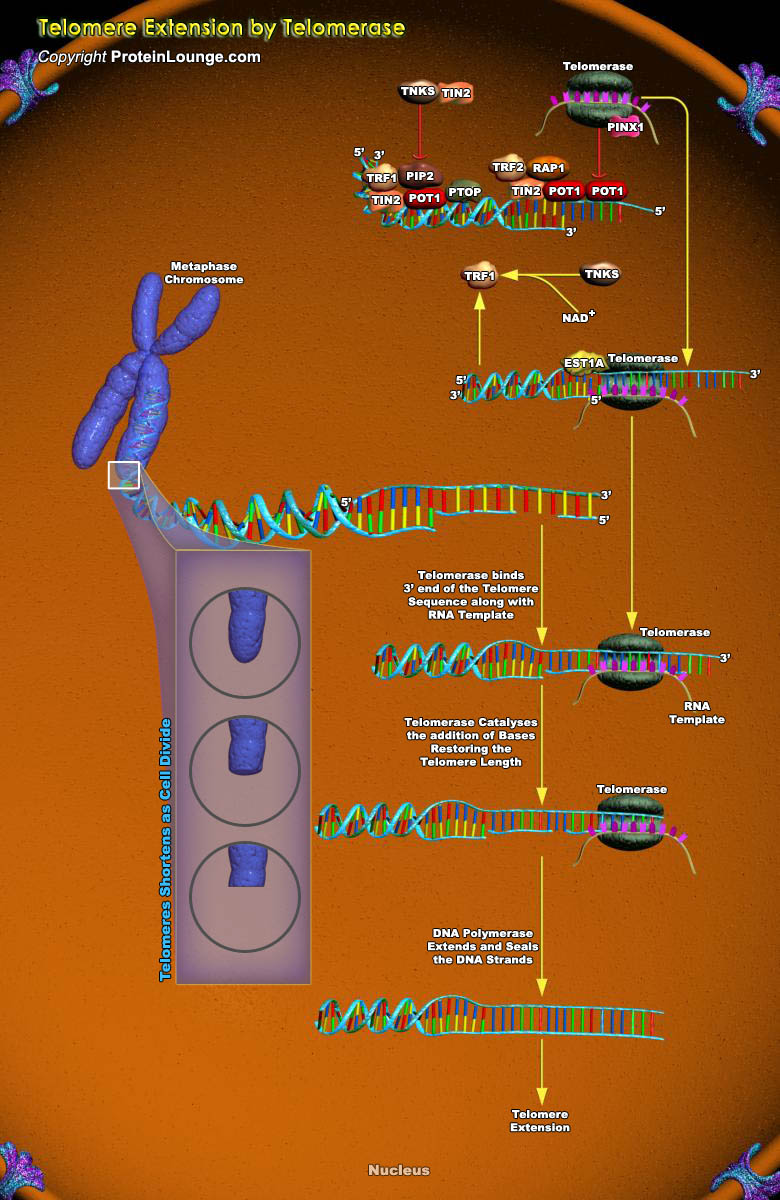
Unlimited replicative potential and widespread genomic disarray are among the most common characteristics exhibited by human cancer cells. Although several distinct molecular pathways regulate specific aspects of each of these phenotypes, specialized chromosomal terminal structures, termed telomeres act as essential regulators of both cell life span and chromosomal integrity (Ref.1).
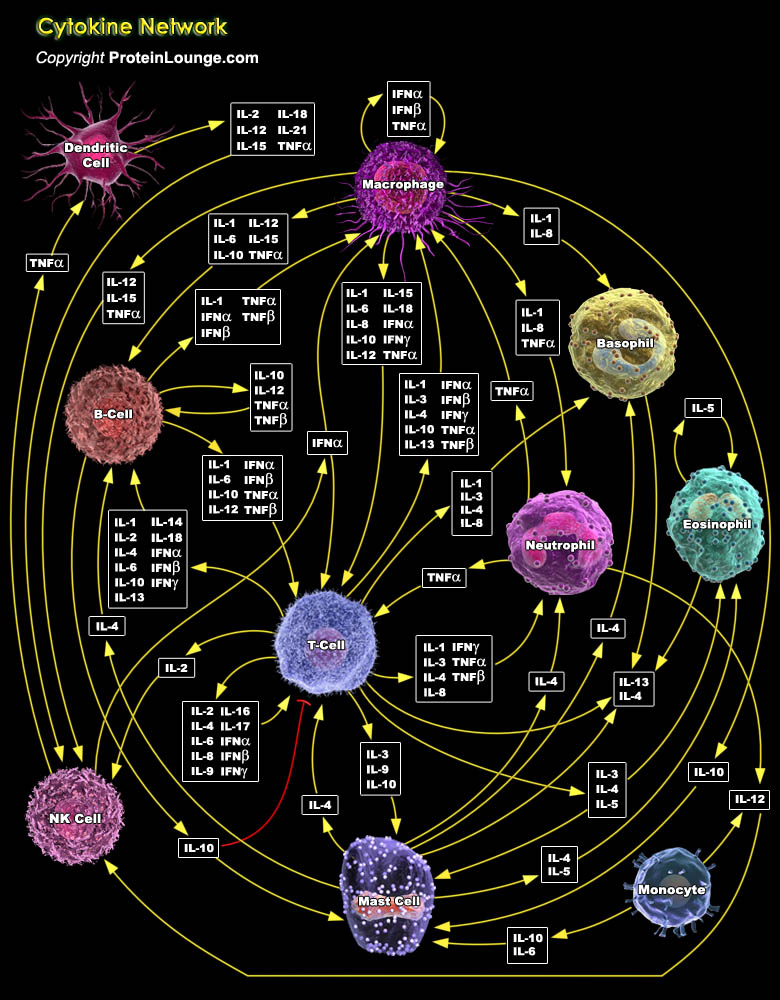
The immune system recognizes the presence of pathogens by several proteins that bind to molecules secreted by the pathogen or carried on their surface. The cells responsible for these immune responses include the B-Cells, T-Cells, macrophages, neutrophils, basophils, eosinophils, endothelial cells, or mast cells (Ref.1). These cells have distinct roles in the immune system, and communicate[..]
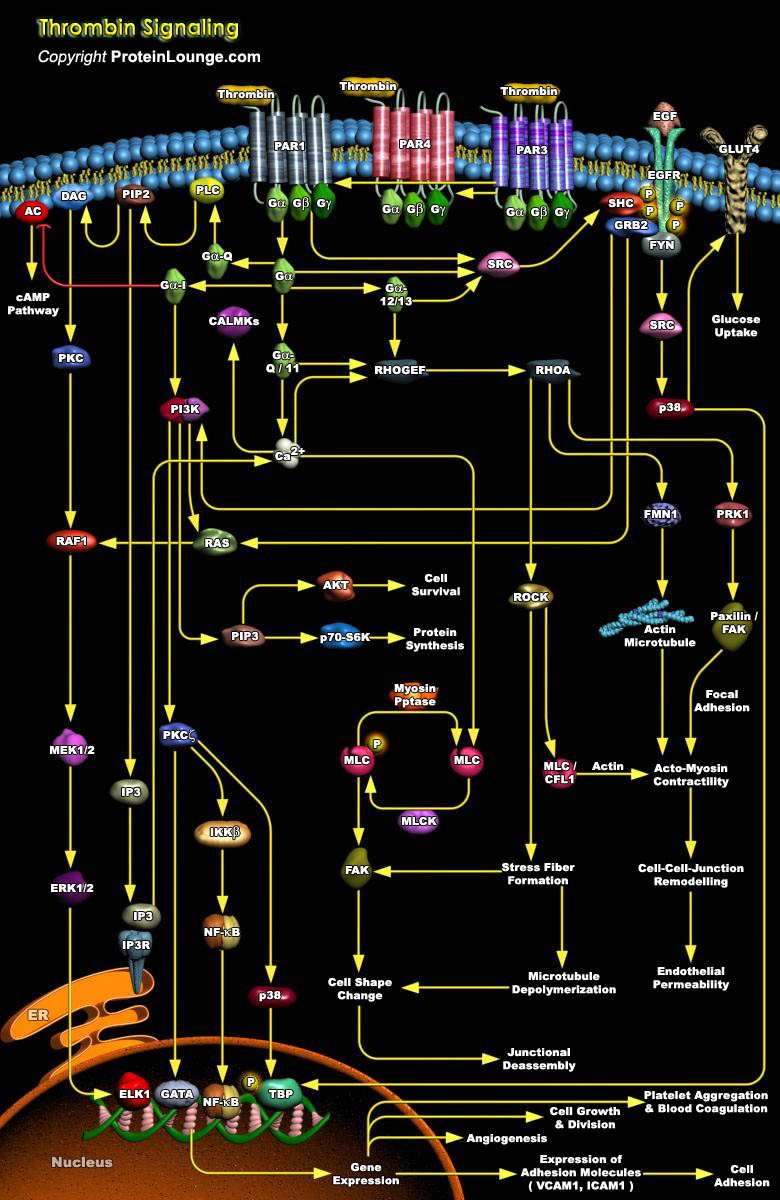
Thrombin is a multifunctional serine protease involved in a number of pathophysiological processes that include blood clotting, inflammation, repair processes and tumor metastasis. In brain, thrombin regulates the viability of neurons and astrocytes by increasing survival under conditions of hypoglycemia and oxidative stress and inducing apoptosis under other conditions. Thrombin is also[..]
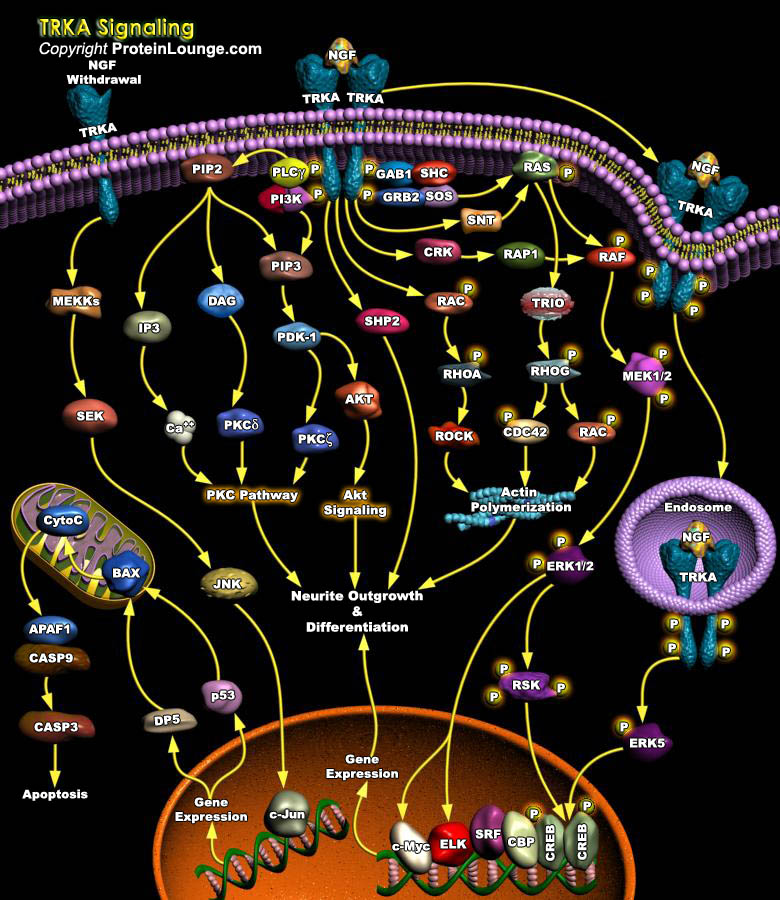
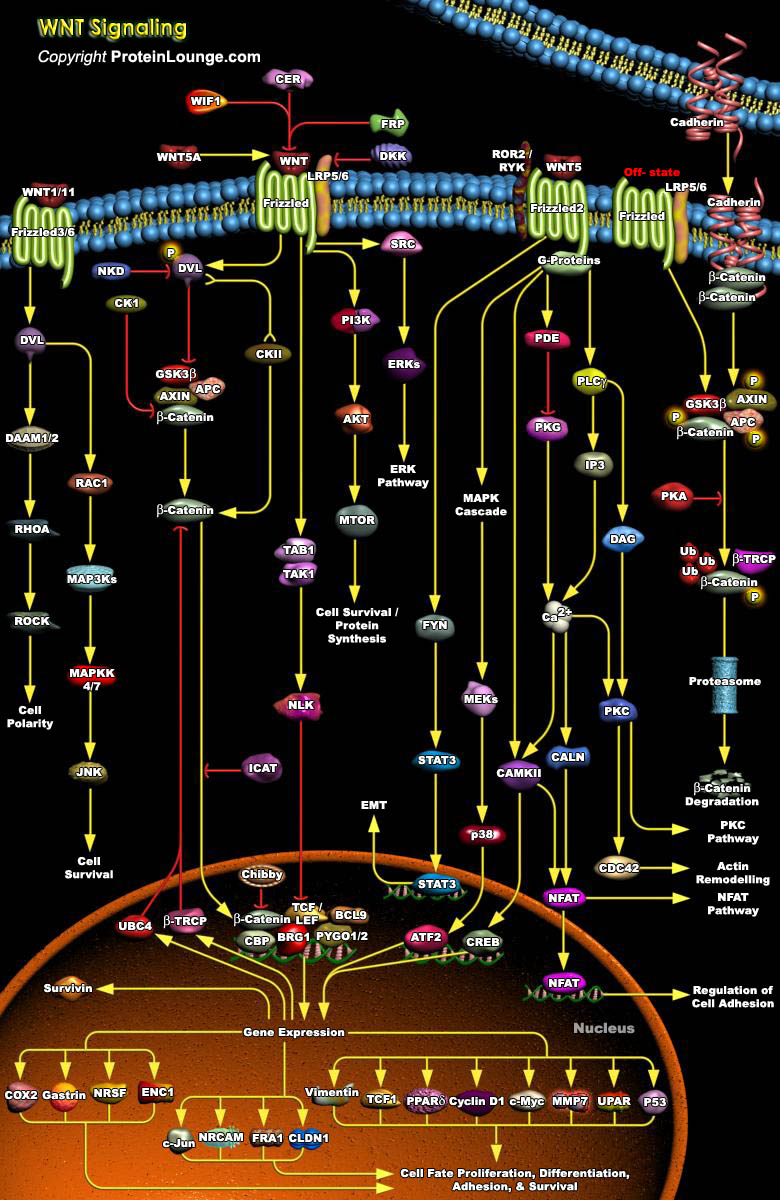
WNT signaling pathways play essential roles in cellular proliferation, differentiation and cell migration during embryonic development. The importance of WNT signaling is indicated by conservation of its molecular components across organisms ranging from nematodes to humans. WNT pathways are classified into canonical WNT/CTNNB or non-canonical (β-catenin-independent) pathways. Canonical[..]
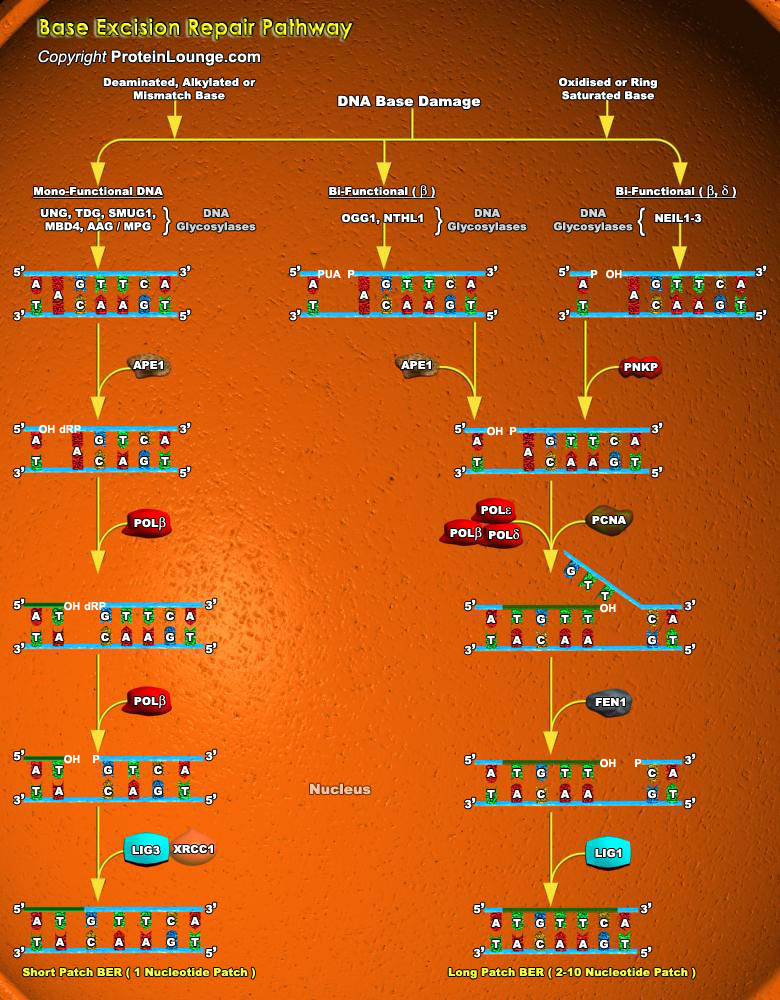
Cells are constantly under threat from the cytotoxic and mutagenic effects of DNA damaging agents that result from either endogenous sources (cellular metabolic processes) or exogenous sources (environmental factors). Endogenous sources of DNA damage include hydrolysis, oxidation, alkylation, and mismatch of DNA bases; sources for exogenous DNA damage include ionizing radiation (IR),[..]
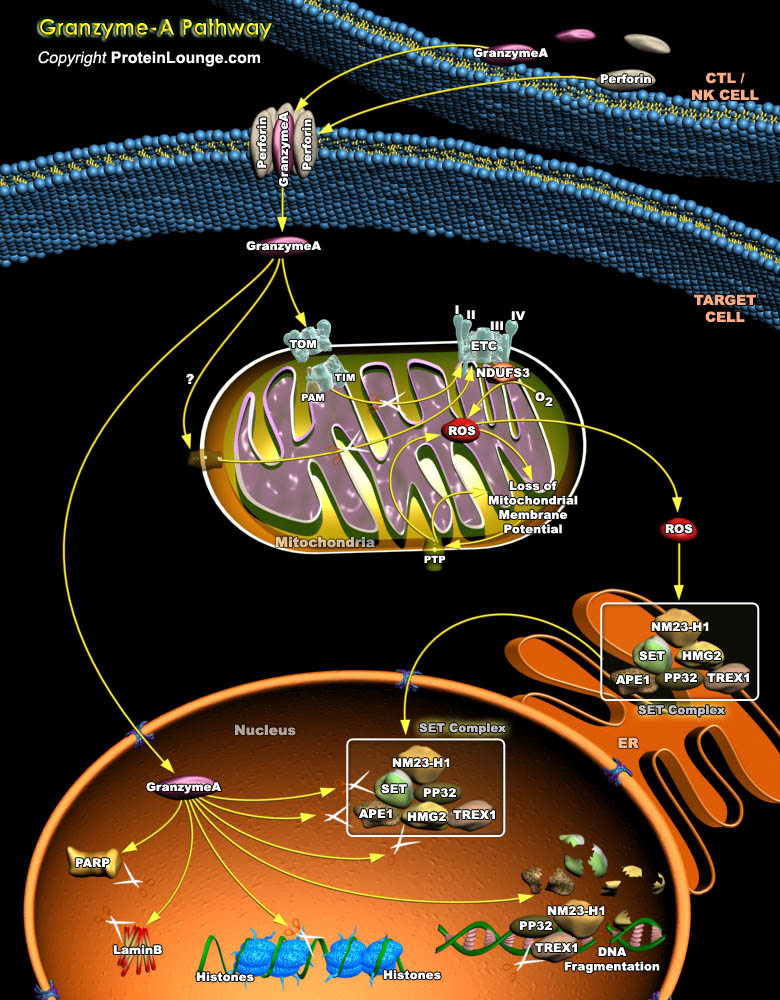
CTLs (Cytotoxic T Lymphocytes) and NK (Natural Killer) cells are the key immune effectors that eradicate infected cells or tumors. To destroy these targets, CTLs and NK cells mostly use the granule exocytosis pathway, which releases perforin and Granzymes from cytolytic granules into the immunological synapse formed with the target. Granzyme-A and Granzyme-B, the most abundant Granzymes,[..]
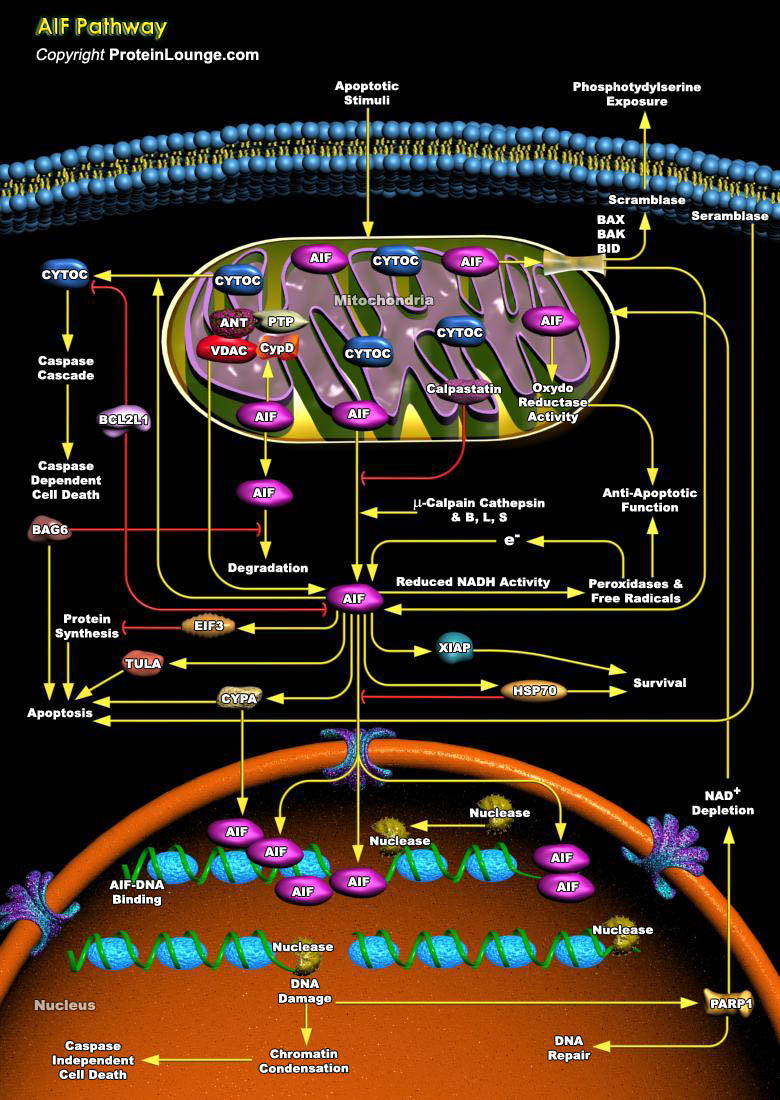
AIF (apoptosis-inducing factor), is a phylogenetically old flavoprotein which is confined to the mitochondrial intermembrane space in healthy cells but upon lethal signaling, it translocates, via the cytosol, to the nucleus where it binds to DNA and provokes Caspase-independent chromatin condensation [Ref.1]. Proteolysis of the membrane tether in mature AIF can be mediated by local or cytoplasmic[..]
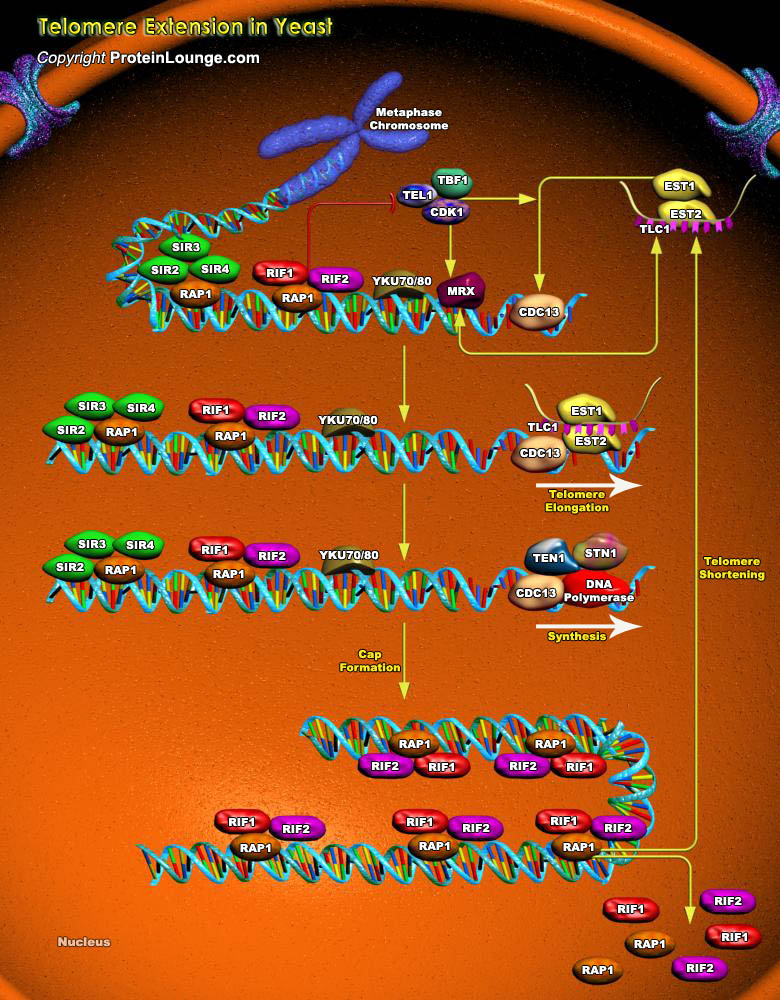
Telomeres are specialized nucleoprotein structures found at the ends of linear eukaryotic chromosomes. Telomeres confer stability to chromosomes by preventing nucleolytic degradation and recombination. They also function in chromosomal localization, nuclear architecture, and repression of nearby genes. The telomeric DNA of most organisms consists of simple tandem repeats that are rich in dG[..]









